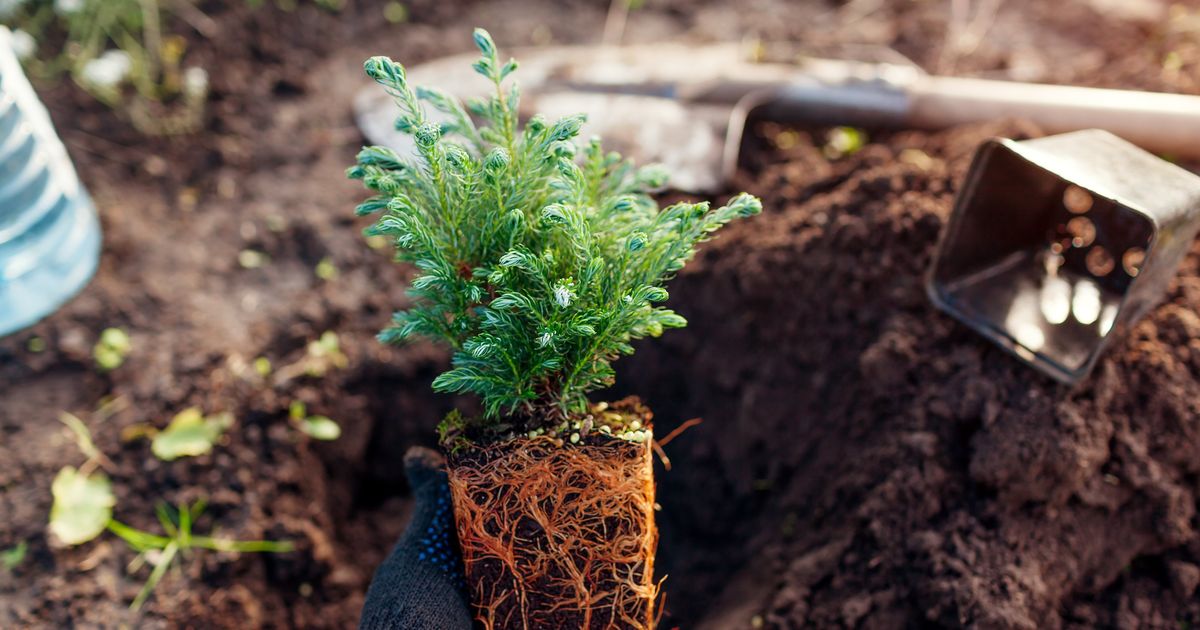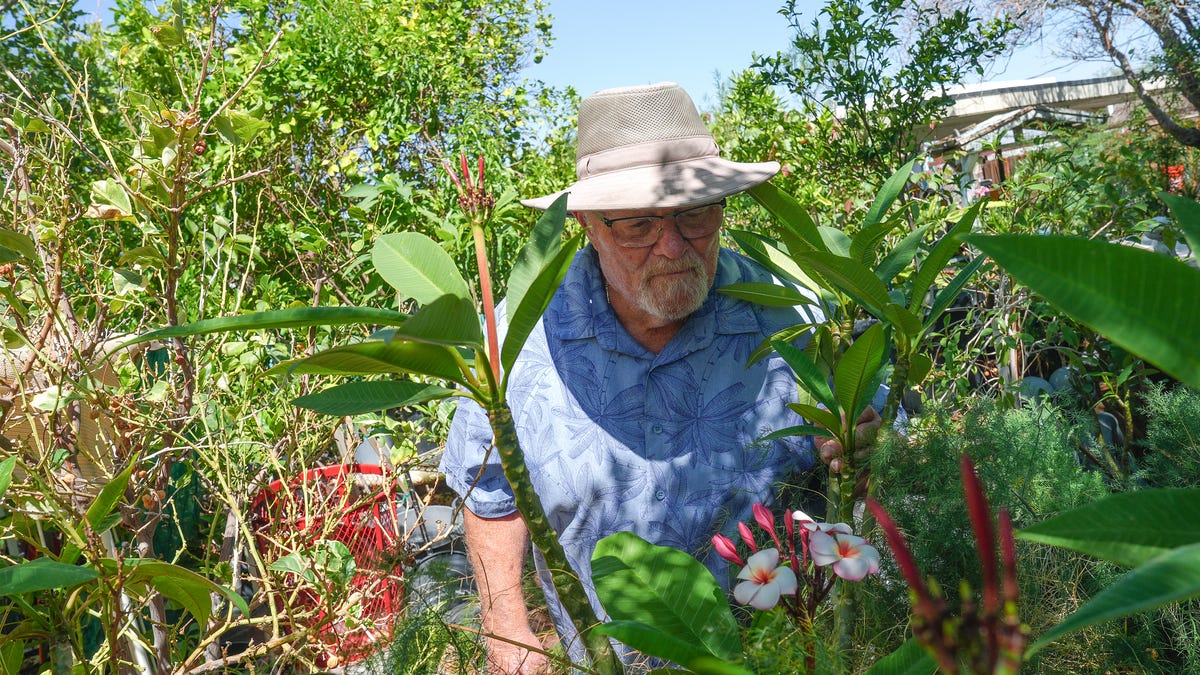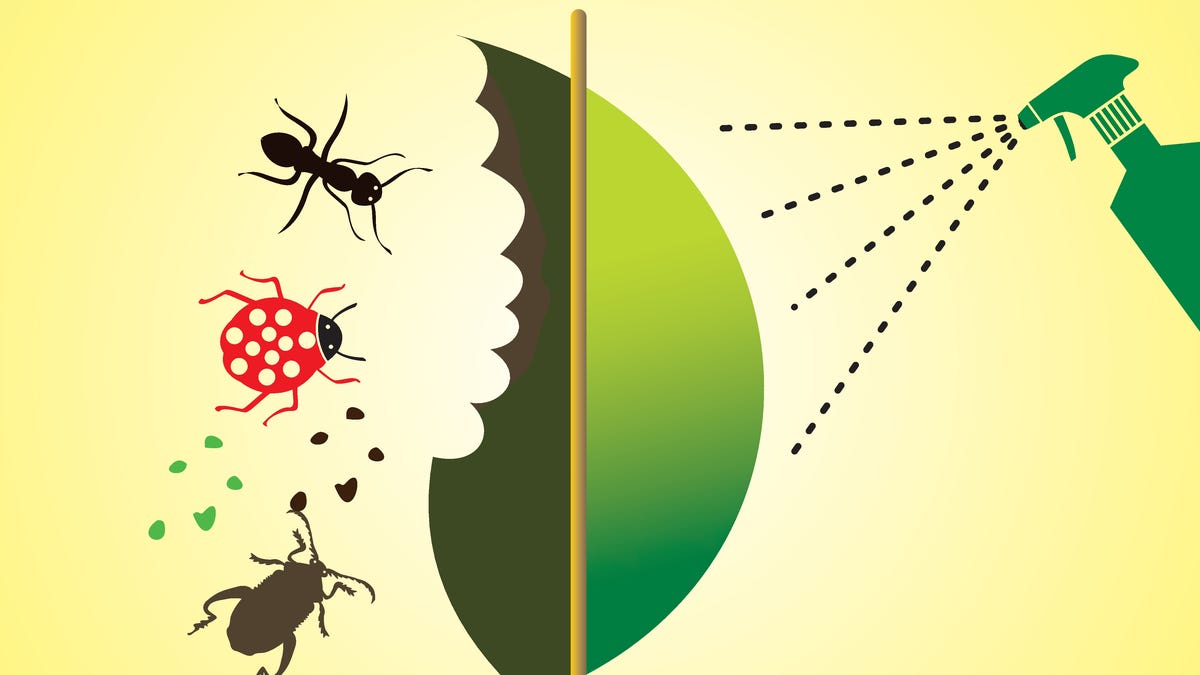Ever wondered why your newly planted perennials often just sit and seem to do nothing for a year?
Frustrating, isn’t it? There’s a good reason for it, though.
It’s called the garden three-year rule which says that a plant will sleep its first year, creep its second and leap in its third year. This is how that works.
When you buy new perennials, no matter what size pot they come in or where you purchased them, their root systems have been living in the pot bound up by its sides and in nice soil.
When the plants are set out in your average garden soil, they must have time to grow their roots into the new soil and wean themselves off the container soil. A good root system means good top growth on the plant.
Growing out a strong root system will take a full growing season after the plants are put in. Hence, the tops of the plants seem to be “sleeping” and doing nothing. You can help this process by teasing out the roots from the tightly bound root ball at planting but it’s still a slow process.
While it’s tempting to add compost to the planting hole, it often isn’t the best idea. This rich soil mix slows the spread of the roots into the native soil because the roots know a good deal when they see one and tend to stay in the nice soil. As a result, the roots don’t adapt as quickly to their new environment.
The second year after planting, the plants are said to creep. They have their first-year root system that sends energy to the above-ground part of the plant so it can expand. You can help by side-dressing the plant with a good fertilizer that will provide the roots with a boost of nutrients and better top growth.
By the beginning of the third growing year, the plant is ready to leap. The roots have established themselves and can fully support the above-ground growth of the plant. The plants will start growing to their full size.
This process doesn’t come without its challenges. For the rule to work properly, the plants will need a steady supply of water through the first two growing seasons, even if they are supposed to be drought-tolerant. Once they have reached their third year, then they can exist with their preferred level of watering.
New small plants are easily damaged by hot dry winds and winter cold, especially without snow cover. Mulching them with 2 to 3 inches of organic mulch will help the roots stay hydrated and cool.
Covering them in the winter with conifer branches or brush helps hold the snow in place, which reduces the potential of frost pushing the plants out of the soil. The covering can also help deter critters from snacking on the plants.
Remember, though, if the animals are hungry enough, they will eat anything. Apply deer repellent just to be sure.









